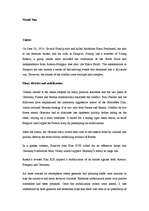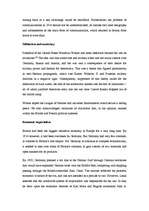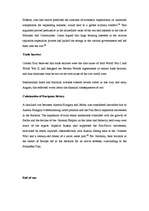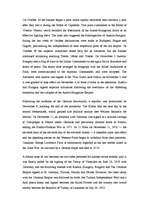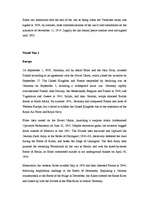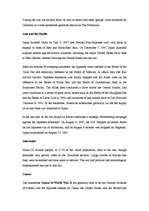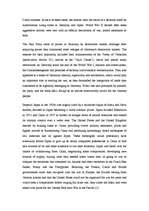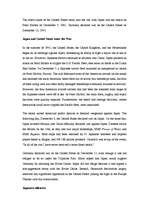-
World War
On June 28, 1914, Gavrilo Princip shot and killed Archduke Franz Ferdinand, the heir to the Austrian throne, and his wife, in Sarajevo. Princip was a member of Young Bosnia, a group whose aims included the unification of the South Slavs and independence from Austria-Hungary (see also: the Black Hand). The assassination in Sarajevo set into motion a series of fast-moving events that escalated into a full-scale war. However, the causes of the conflict were multiple and complex.
Plans, distrust and mobilization
Closely related is the thesis adopted by many political scientists that the war plans of Germany, France and Russia automatically escalated the conflict. Fritz Fischer and his followers have emphasized the inherently aggressive nature of the Schlieffen Plan, which outlined German strategy if at war with both France and Russia. Conflict on two fronts meant Germany had to eliminate one opponent quickly before taking on the other, relying on a strict timetable. It called for a strong right flank attack, to seize Belgium and cripple the French army by preempting its mobilization.
After the attack, the German army would then rush to the eastern front by railroad and quickly destroy the more slowly mobilizing military of Russia.
In a greater context, France's own Plan XVII called for an offensive thrust into Germany’s industrial Ruhr Valley which crippled Germany’s ability to wage war.
Russia’s revised Plan XIX implied a mobilization of its armies against both Austria-Hungary and Germany.…
Pirmā un otrā pasaules kara apraksts, kādēļ sākās vispārējā mobilizācija, japānas un amerikas iesaistīšanās 2 pasaules karā... utt.

